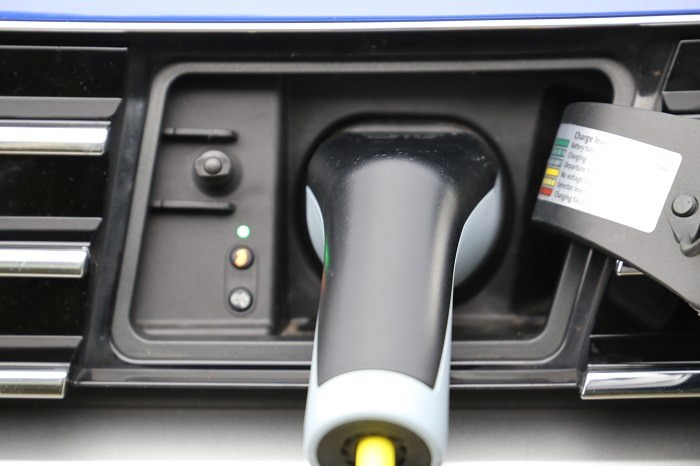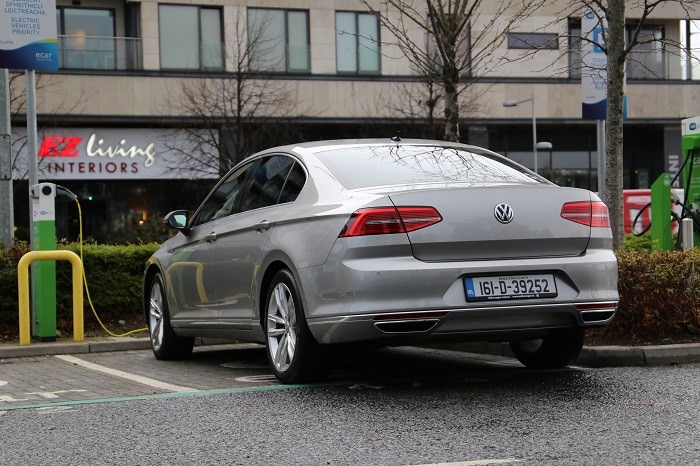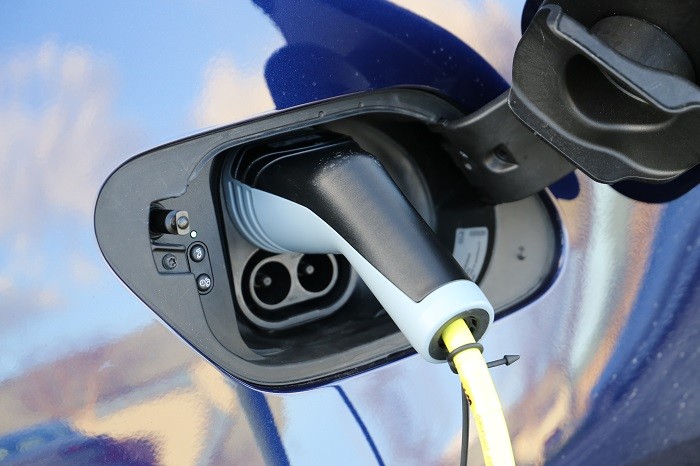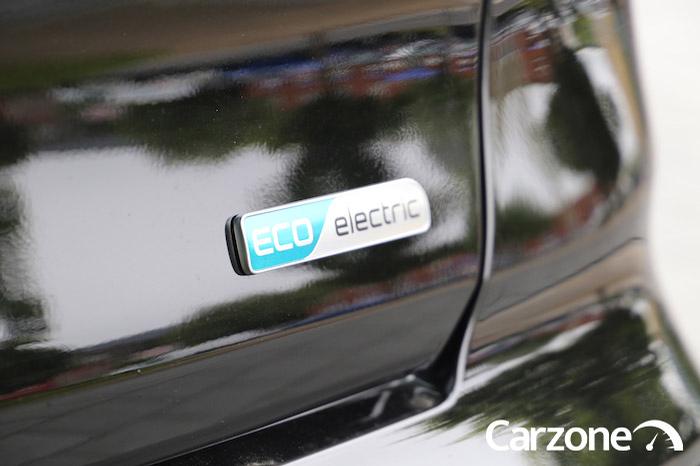So, you’ve decided you want to cut back on your carbon emissions and you’re going to have an electrified car. But do you stick with some form of combustion engine as part of a plug-in hybrid, or do you go the whole hog and go full electric? Here’s our guide to help you out.
Plug-in hybrid electric vehicle (PHEV)
Rather than mild (MHEV) or plain parallel/series hybrid (HEV) vehicles, which use some form of internal combustion plus electric power to varying degrees, the idea behind the PHEV is that it can drive for long periods of time on its electric power alone – thus emitting no CO2 whatsoever and, in theory at least, having vastly improved economy and CO2 figures when compared to MHEVs (which aren’t designed to run on their electric power alone at all; they merely use electric augmentation of a combustion engine to save a bit of fuel) or HEVs (which can sometimes run on electric power only, but usually only for very short periods of time, say up to 1-2km or so).
Not only does the PHEV have a greater electric range than any other hybrid, it also – as its name implies – has the same plug-in capabilities as an electric car when it comes to recharging the battery that is onboard to power the electric motor. This means you can avail of public charging points to get extra range from your car, if you don’t fancy dropping petrol or diesel into the fossil-fuel tank that is fitted to the vehicle.
PHEVs provide the safety net for range anxiety, the worry that people have over electric cars that they will run out of charge during a journey and then it’s impossible to ‘refuel’ them unless the vehicle is physically moved (usually by means of a tow truck). Range anxiety is a phrase that is lessening as electric cars gain more and more battery range on a single charge, but the PHEV still bypasses that by having two forms of motive power, rather than one. So you can always put petrol or diesel into the tank if you run out of electricity and keep driving, and – vice versa – if you’re driving home late at night and the fuel warning light is glowing in your face, and you can’t be bothered refuelling, then you can simply plug the car in once you’re back on your drive and get around 50km of electric range – maybe more – to get you on your way the next morning.
Electric vehicle (EV)
Sometimes also referred to as BEVs (battery electric vehicle), these appear to be the future of motoring – pure electric power, and no combustion engine at all. You can get some EVs with what are called ‘range extender’ functionality, which is where a tiny combustion engine is indeed fitted, but only as a generator to recharge the electric motor’s battery on the move and therefore extend the EV’s range. An example of one of these would be the BMW i3 Range Extender.
However, we’re considering pure electrics here, which are completely CO2-free in terms of tailpipe emissions. There are varying levels of EVs, from city cars like the Renault Zoe and Nissan Leaf, through bigger hatchbacks such as the Tesla Model 3 and Volkswagen ID.3, right up to SUVs like the Audi e-tron and performance vehicles in the form of the Porsche Taycan. Depending on how big the battery is, the range of these can be anything from about 200km right up to 600km and more, although the bigger the battery, the longer the car will need to recharge.
There is a whole moral argument here that says that, unless you are charging your EV on fully green (i.e., renewable, such as solar or wind power) energy then you’re not doing that much to save the environment – especially if you are hooked up to the coal-fired power-station grid. However, to all intents and purposes, the EV is the cleanest type of modern car you can possibly drive.
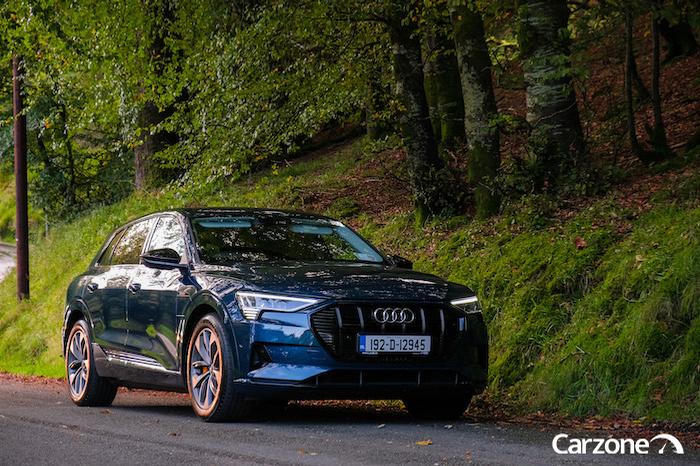
Pros and cons
PHEV pros:
- Has two forms of motive power, so should always get you to your destination – or, put another way, eliminates range anxiety.
- Has the capability to run on electric power alone for 50-80km, making it a pseudo-EV if it has battery charge.
- Has a greater combined range than any electric vehicle, with a full fuel tank and a full battery charge, so is a better choice for the weekly commuter who has to drive long distances at the weekends.
- Drives conventionally when combustion engine is in use.
- Faster charging times than an EV.
PHEV cons:
- Once the battery power is exhausted, the combustion engine has to haul around all the extra weight of the electrical systems, which seriously affects fuel economy.
- Packaging of two forms of motive power can compromise space onboard.
- Expensive to buy in all formats.
- Doesn’t actually reduce your CO2 output by all that much if you have to use the combustion engine regularly.
EV pros:
- Purely electric powered, so the saintliest vehicle you can buy if you’re eco-conscious.
- EVs have instant torque, so they’re fast and nippy in town.
- EVs have very few moving parts, so they are very quiet and smooth to travel in.
- Electric range is getting better all the time as battery tech develops.
- Government grants make them reasonably cheap to buy.
- EVs qualify for all sorts of tax breaks, such as they are the only cars (pure zero emission) to sit in Band A0, or €120 per annum, for road tax.
- They’re normally very well packaged, so there’s lots of space onboard relative to the road footprint.
EV cons:
- There’s still the lingering worry of range anxiety with buyers; you can’t fill a gallon can up with electricity and walk back to an EV that’s totally out of power to get it going again.
- Limited choice of models compared to PHEVs.
- They’re better suited to town and urban driving, unless they have a very large battery… in which case, they’re very, very expensive.
- Charging times can be huge if you can’t find a rapid charging connection.
- If not using green power to recharge the car, it’s questionable precisely what the well-to-wheel CO2 benefits are of owning an electric car over the course of five years.
- Maximum quoted electric range is affected by drains on the battery, such as using the headlights, using the heating system, using the sound system and so on – which means, in colder months, electric cars will have significantly reduced range between charges.
VERDICT: Which should I choose?
The answer to this question depends very much on your usage. Both PHEVs and EVs are ideally suited to commuters who regularly charge the car – meaning you need reliable, easy access to a charging point both at your place of work and your place of residence. If you have this, and you commute no more than 50-80km per day, you’ll be laughing with either.
It’s hard, though, in this circumstance, to defend the PHEV. If all you’re doing is using your car on a daily basis to do short, urban and semi-urban commutes, then an EV is going to suit you a lot better. Where the PHEV comes into play is if you semi-regularly do longer distances, such as driving down the country to visit far-flung relatives at weekends (for example) or, alternatively, if you’re a regular motorway driver for work. Then, the PHEV’s fossil-fuel/electric maximum range makes it a boon.
We like PHEVs, but they feel like a stop-gap answer to the CO2 question, like something just to satisfy consumers while electric cars (and the necessary infrastructure to support them) find their feet. In reality, there are now several electric cars that will offer a reliable 300-350km range, or more like 200-250km in winter months, and that’s more than enough for most drivers. Our advice would be: if you’re feeling brave enough, take the plunge now and get on board with electric power in its (relative) infancy. Unless you’re a really keen driver who likes to head out into the mountains from time to time, you won’t be disappointed with an EV.
